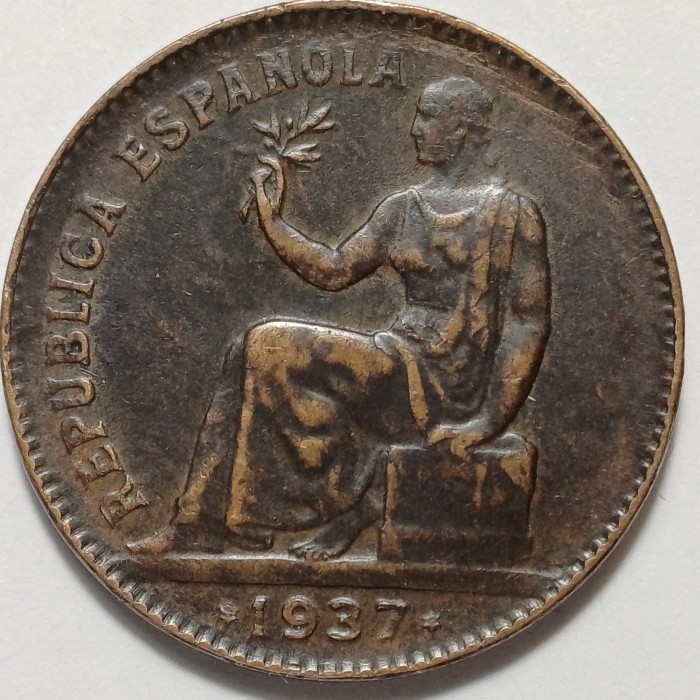USA ½ dollar Congress 1989-D
USA, Denver


Rarity
Scarce
Attributes of Coins
| Region | USA |
|---|---|
| Denomination | ½ dollar |
| Krause number | KM# 224 |
| Mintage | 163,753 |
| Metal | Copper-Nickel plated Copper |
| thickness | 2.15 mm |
| diameter | 30.61 mm |
| weight | 11.34 g |
Obverse:

Anniversary
Liberty
Creators:
Patricia Lewis Verani
1789
1989
BICENTENNIAL OF THE CONGRESS
IN GOD WE TRUST
LIBERTY
Reverse:

Constructions
Star
Creators:
Edgar Z. Steever (E.Z.S.), William Woodward (WW)
E PLURIBUS UNUM
HALF DOLLAR
UNITED STATES OF AMERICA
Introduction of Coins
The first U. S. Congress to convene under the federal constitution ratified in 1789 took its seats that very same year. To mark the bicentennial of this significant event, a bill was signed into law by President Ronald Reagan on November 17, 1988 which provided for the minting of up to four million copper-nickel-clad half dollars, up to three million silver dollars and up to one million gold half eagles. These coins were to be issued in both proof and uncirculated finishes, though the law specified that none of the six resulting varieties could be produced at more than one minting facility. It also set an ending date of June 30, 1990 for the manufacture of these coins, though omitted was any limit to how long they could be sold. Surcharges of $1, $7 and $35 were added to the sales prices of the half dollars, dollars and half eagles, respectively. Under the original legislation 50% of the first $40 million in surcharges would go to the Capitol Preservation Fund, with any remaining profits being placed into the general fund of the Treasury for reduction of the national debt. This was later amended so that the entire amount realized from surcharges went to the Capitol Preservation Fund. The clad half dollar features on its obverse a facing view of the head from the "Statue of Freedom" that rests atop the dome of the United States Capitol in Washington, DC. The obverse was designed by Patricia Lewis Verani, whose initials 'PV' appear above the statue's right shoulder. In addition to the statutory inscriptions are the legend BICENTENNIAL OF THE CONGRESS and the dual dates 1789 and 1989. The mintmark is seen below the date of coining, either 'D' for Denver (uncirculated coins) or 'S' for San Francisco (proof coins). The reverse of the half dollar displays an elevation view of the Capitol surrounded by thirteen stars and statutory inscriptions. This was designed by William Woodward and sculpted by the Mint's own Edgar Z. Steever IV. The initials of both men are seen beneath the Capitol at left and right, respectively. Both sides of the silver dollar were designed by Woodward, though the actual models were sculpted by Chester Y. Martin of the U. S. Mint. As on the half dollar, Thomas Crawford's Statue of Freedom dominates the obverse of this coin, though here it is seen in full, superimposed over a burst of sun rays that emerge from behind a cloud. The balance of the obverse is taken by statutory inscriptions and dual dates 1789 and 1989. Also as with the half dollar, Denver and San Francisco produced the uncirculated and proof editions, respectively, and their mintmarks are placed beneath the date of coining. The central element on the reverse of the silver dollar is the ceremonial mace that is placed on display whenever the House of Representatives is in session. This features an American eagle perched atop a globe that surmounts a fasces. In addition to the remaining statutory inscriptions, the reverse includes the commemorative theme BICENTENNIAL OF THE CONGRESS. The initials of Woodward and Martin are placed left and right, respectively, at the base of the fasces. As was becoming customary, both editions of the gold half eagle were struck at the West Point Mint in New York State. Although a competition was held that included eleven outside artists, this coin was entirely the work of U. S. Mint Engraver John Mercanti. The obverse displays an elevation view of the U. S. Capitol dome. The dual dates 1789-1989 are placed directly beneath it, while the 'W' mintmark appears to its right. The balance of the obverse features the usual statutory inscriptions. On the reverse is seen an ornamental piece from the Old Senate Chamber of an eagle perched atop the ceiling canopy. The theme BICENTENNIAL OF THE CONGRESS is inscribed atop the reverse, with the remaining statutory legends rounding out this side of the coin. Artistically, the three Congress coins fall solidly within the middle of the modern commemorative program, as they are among neither the best nor the worst of this series. They sold reasonably well, though it's significant that their sales were well below those of all previous programs since the revival of commemorative coinage in 1982. At their pre-issue prices, the three uncirculated coins cost $5, $23 and $185, respectively, and $6, $26 and $200 after July 17, 1989. For the proof editions the prices were $7 and $8, $25 and $29, and $195 and $215, respectively. The Prestige Proof Set for 1989 included both the half dollar and the silver dollar. This option was priced at $49 during the pre-issue period and at $52 after July 17. There were numerous other packaging options for multi-coin sets, but the numismatic marketplace presently does not place much emphasis on the relative rarity of these packages.Read More













